
Deep Learning Code Mentor - Deep Learning Code Mentor
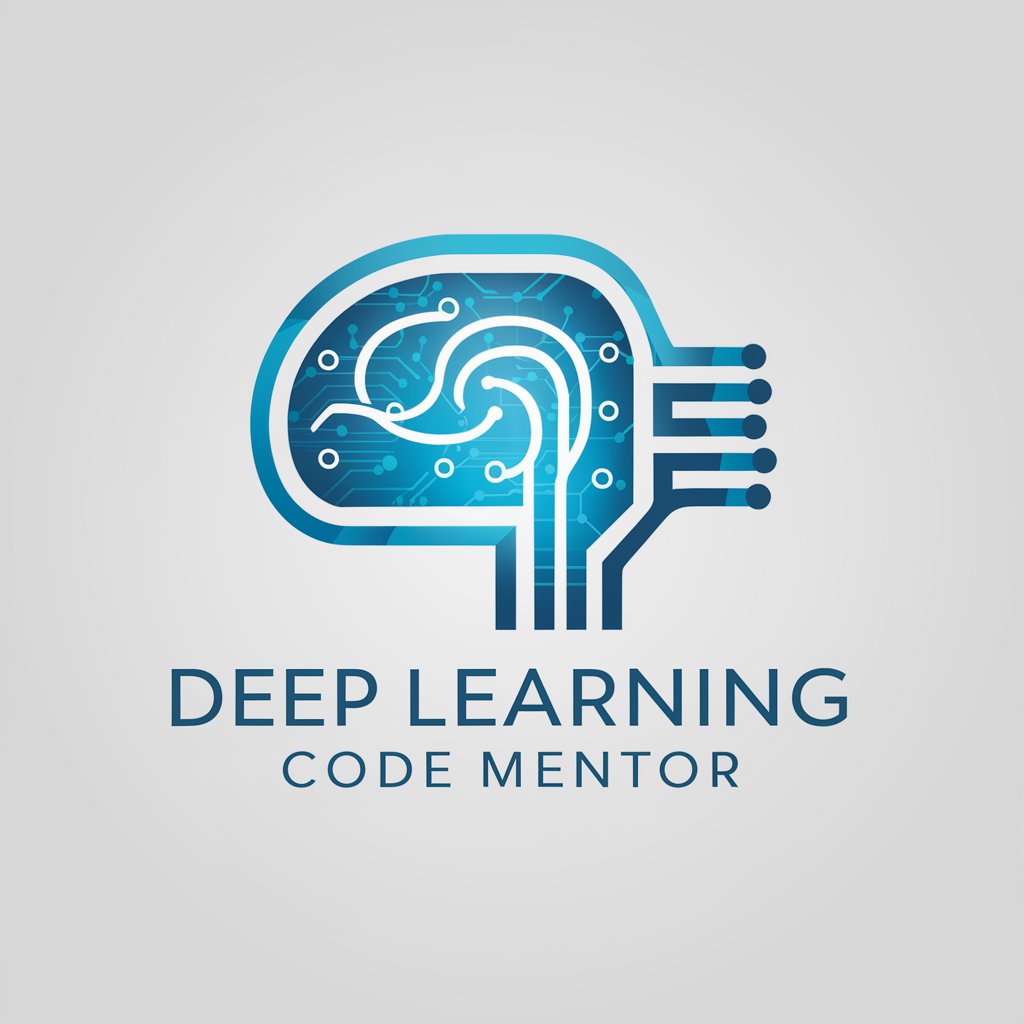
Welcome to Deep Learning Code Mentor! Let's dive into advanced NLP and machine translation.
AI-Powered Deep Learning Assistance
How do I preprocess the WMT dataset for a translation model?
What are the best transformer models for machine translation?
Can you guide me through fine-tuning a Hugging Face Transformer model?
What are effective strategies for hyperparameter tuning in deep learning models?
Get Embed Code
Introduction to Deep Learning Code Mentor
Deep Learning Code Mentor is a specialized AI assistant designed to provide comprehensive guidance on deep learning projects, particularly focusing on natural language processing tasks using the WMT dataset. With proficiency in Python, PyTorch, and Hugging Face Transformers, Deep Learning Code Mentor guides users through every stage of the project lifecycle, from dataset preparation and model selection to training and evaluation. Its primary purpose is to help intermediate to advanced users implement effective machine learning solutions. For example, it can help a user fine-tune a BERT model on a custom translation dataset or design a novel attention mechanism for a translation task. Powered by ChatGPT-4o。

Main Functions of Deep Learning Code Mentor
Dataset Access and Preprocessing Guidance
Example
Offering Python code snippets for loading the WMT dataset and providing detailed instructions on text normalization, tokenization, and data augmentation.
Scenario
A user aims to preprocess the WMT dataset for a translation task but is unfamiliar with the specific requirements. Deep Learning Code Mentor provides a detailed walkthrough, including the use of tokenizers and efficient data batching.
Model Selection and Configuration
Example
Recommending specific Hugging Face transformer models based on task requirements, such as BERT, MarianMT, or mBART, and providing model configuration details.
Scenario
A developer is unsure whether to use MarianMT or mBART for a translation task. Deep Learning Code Mentor explains the pros and cons of each model, guiding the developer to the most suitable option based on their dataset and computational resources.
Training Loop Setup and Fine-tuning
Example
Providing a complete training loop implementation using PyTorch, including data loaders, optimizer configuration, and model training steps.
Scenario
An intermediate user is struggling to structure an efficient training loop. Deep Learning Code Mentor offers Python code to handle data loading, batching, model training, and validation, ensuring the user can optimize training performance.
Hyperparameter Tuning and Optimization
Example
Suggesting hyperparameter tuning strategies, such as grid search or Bayesian optimization, and providing code examples using libraries like Optuna.
Scenario
A user seeks to optimize the translation model's performance but lacks experience in hyperparameter tuning. Deep Learning Code Mentor provides sample code and strategies to help them search the hyperparameter space effectively.
Custom Layer Development and Advanced Optimization
Example
Demonstrating how to develop custom layers in PyTorch and integrate them into transformer models, along with guidance on optimization techniques like mixed precision training.
Scenario
An advanced user wants to implement a new attention mechanism for a translation task. Deep Learning Code Mentor provides examples of custom layer creation and integration, helping the user experiment with innovative architectures.
Evaluation Metrics Implementation and Result Interpretation
Example
Offering code snippets to calculate BLEU, ROUGE, and METEOR scores, and assisting in interpreting the evaluation results.
Scenario
A developer is unfamiliar with implementing BLEU scoring for translation tasks. Deep Learning Code Mentor provides Python code to compute BLEU scores and interpret the results for translation quality assessment.
Ideal Users of Deep Learning Code Mentor
Intermediate to Advanced Machine Learning Practitioners
These users have a solid understanding of machine learning basics but need guidance on implementing more complex deep learning models. Deep Learning Code Mentor helps them overcome challenges in dataset preparation, model selection, and fine-tuning transformer models, ensuring efficient project development.
NLP Researchers and Developers
NLP researchers and developers looking to experiment with new models or improve existing ones can benefit from the comprehensive assistance in custom layer development, model optimization, and evaluation metrics implementation. Deep Learning Code Mentor provides them with strategies and examples to conduct high-quality research.
Data Scientists Transitioning to NLP
Data scientists who are new to NLP but have prior experience in data analysis and machine learning can leverage Deep Learning Code Mentor to bridge the gap. It helps them understand transformer models, preprocess NLP datasets, and implement effective training loops.
AI Engineers Building Production-Ready Models
Engineers focusing on deploying translation models in production benefit from Deep Learning Code Mentor's optimization strategies, including mixed precision training, inference optimization, and model quantization, to reduce inference latency and resource consumption.

Using Deep Learning Code Mentor
1
Start with a free trial by visiting yeschat.ai; no sign-in or premium membership required.
2
Select a project or query related to deep learning in natural language processing, particularly with WMT datasets.
3
Explore provided documentation and examples to understand how to set up your development environment using Python, PyTorch, and Hugging Face Transformers.
4
Utilize the tool to write and debug code, train models, and evaluate performance, leveraging its advanced code suggestions and error diagnostics.
5
Review advanced topics and updates in machine translation research as presented by the mentor to enhance your project or learning outcomes.
Try other advanced and practical GPTs
Deep Reinforcement Learning
Empower AI with Deep Reinforcement Learning
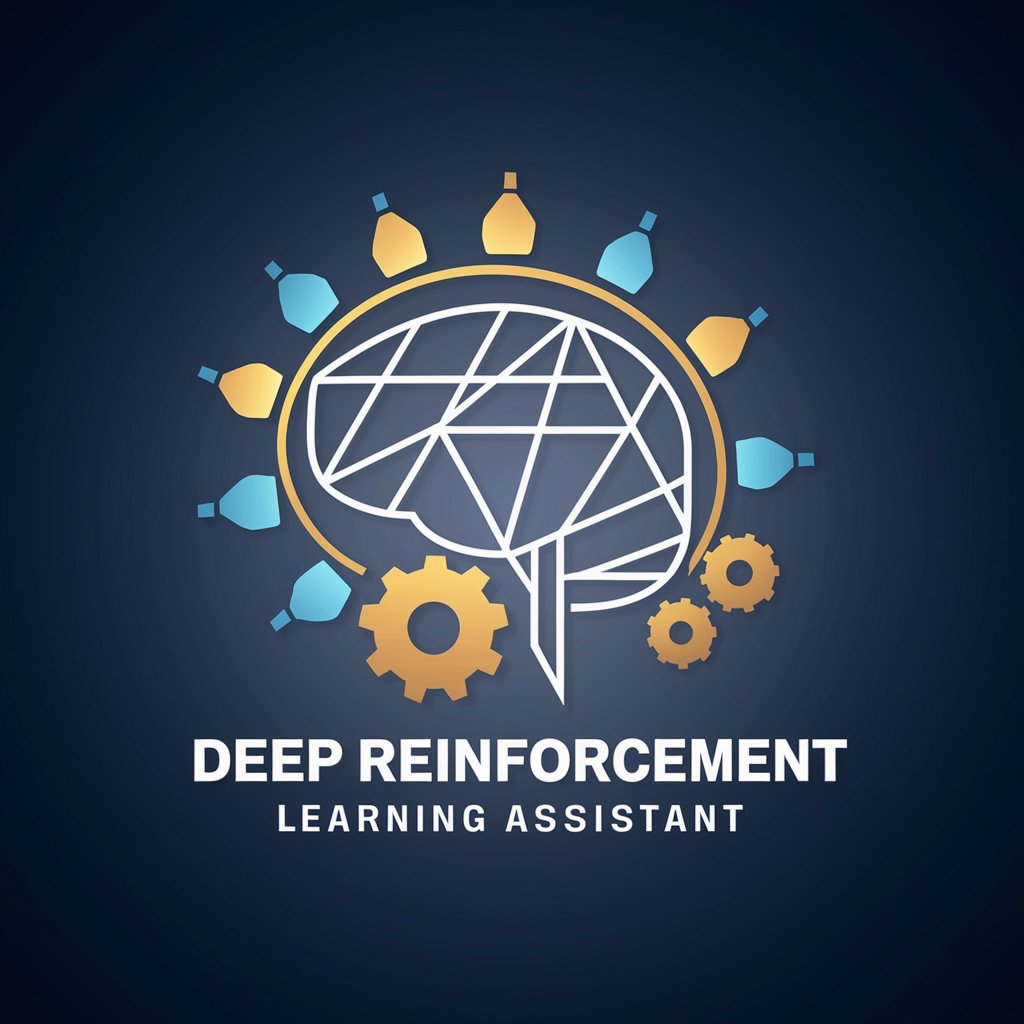
Lora
Empower Your Decisions with AI

金融助手
Demystifying Finance with AI

UI/UX Design Portfolio Builder
Empowering Design Narratives with AI

Analisis De Datos De Excel
Empower Decisions with AI-Powered Analysis
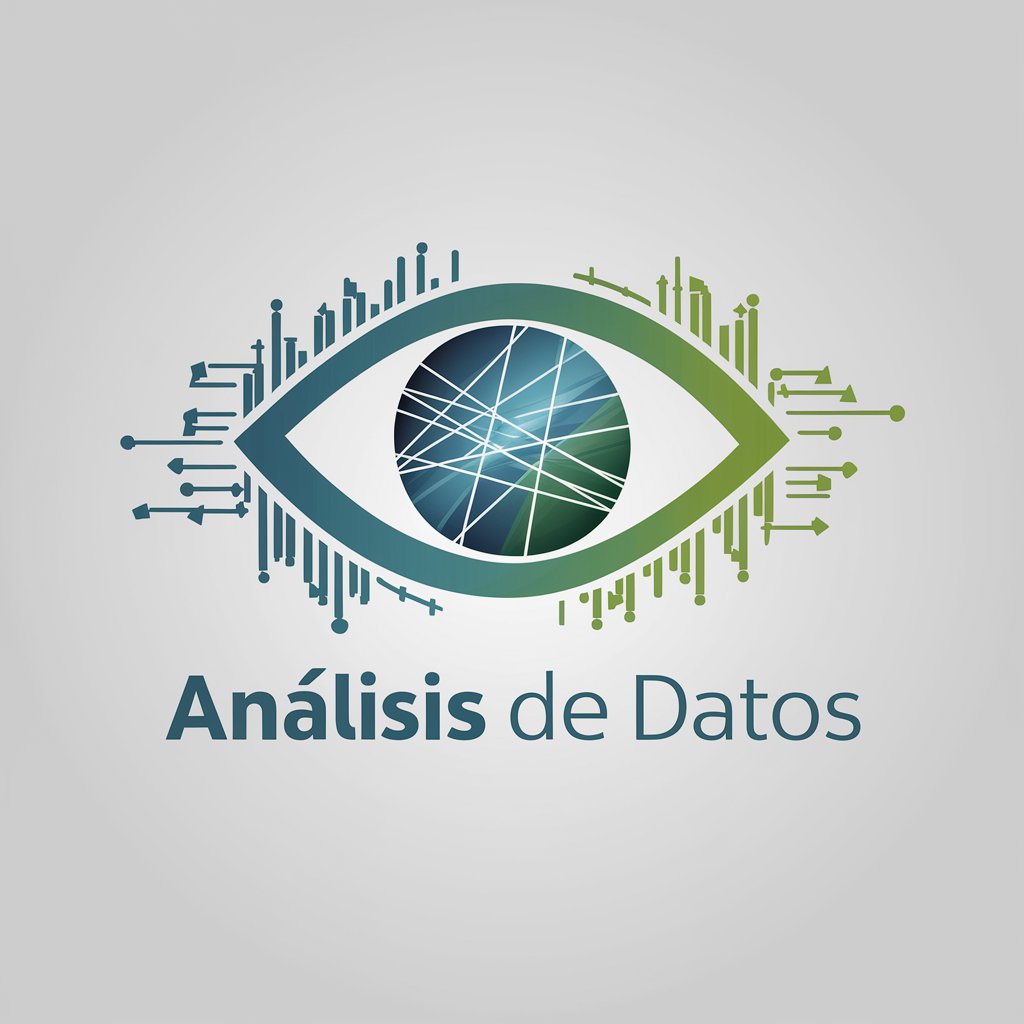
AI Scribe
Transcribing Complexity Into Clarity

코인 GPT
Empower your crypto decisions with AI

Hook Hound
Craft Viral Hooks Instantly

Neo4j Cypher Wizard
AI-driven graph database management
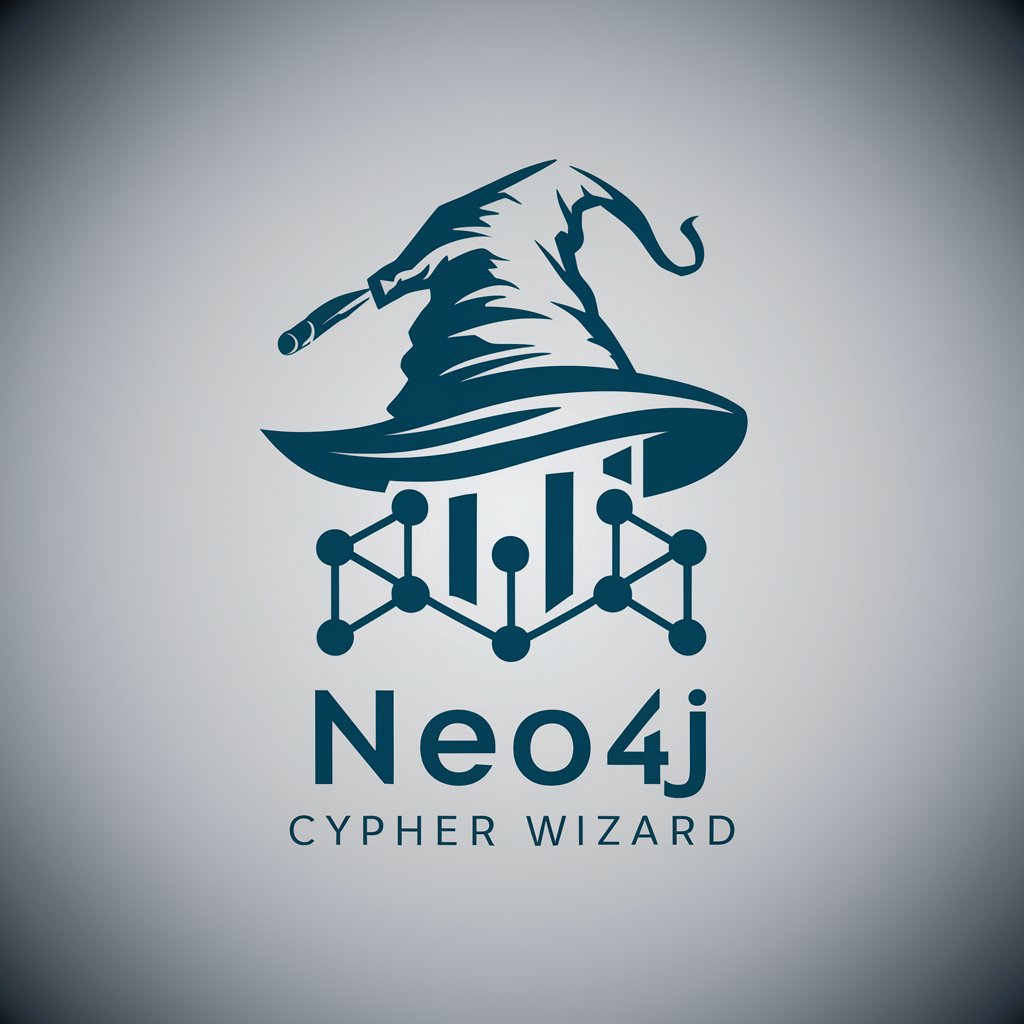
Software Architecture - Cloud Native - Visual
Visualize architecture, powered by AI

OER & EER GPT Pro
AI-Powered Military Evaluation Guidance
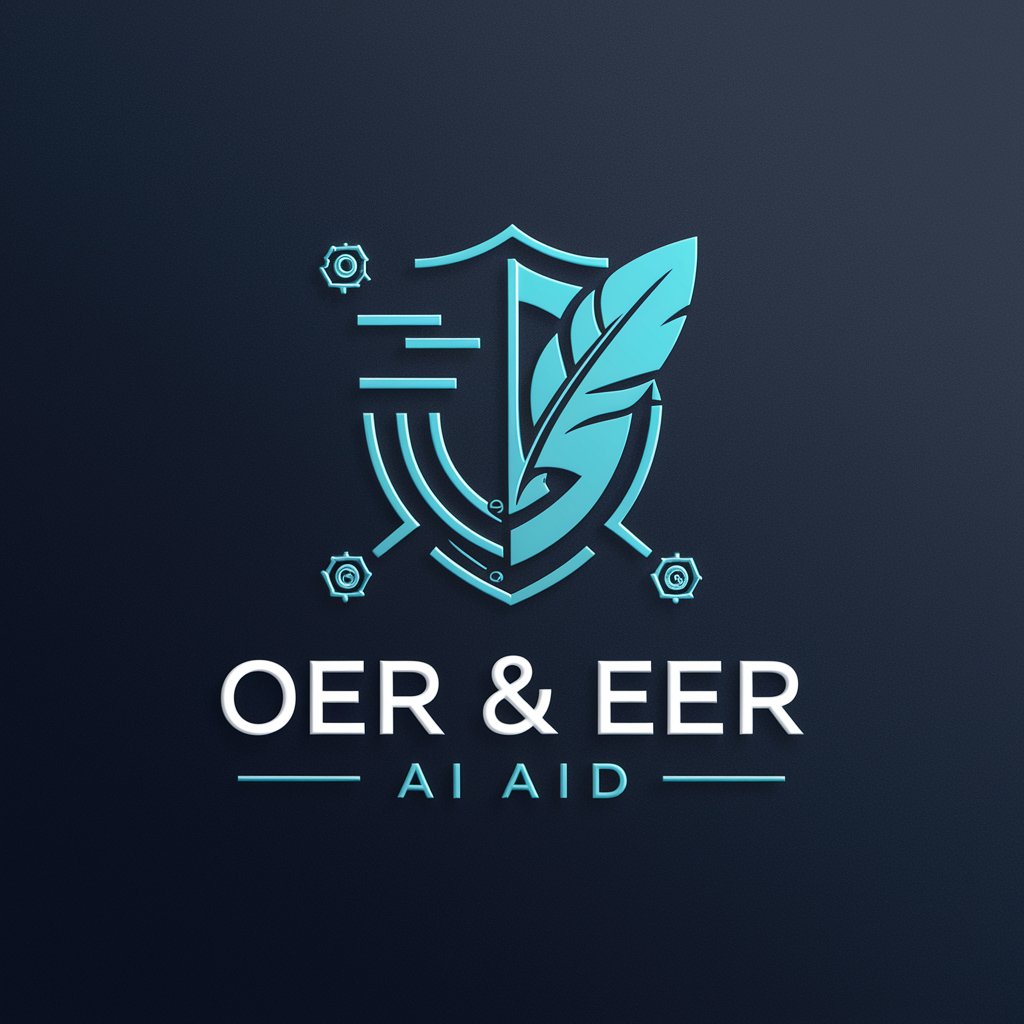
Su's Work Space
AI-Powered Full-Stack Development Support

Detailed Q&A about Deep Learning Code Mentor
What is the main purpose of Deep Learning Code Mentor?
Deep Learning Code Mentor is designed to assist developers and researchers in building, training, and deploying deep learning models focused on natural language processing, using tools like PyTorch and Hugging Face Transformers.
How does Deep Learning Code Mentor help with dataset handling?
It provides guidance on accessing, preprocessing, and splitting the WMT dataset for machine translation tasks, ensuring users manage their data efficiently and effectively.
Can Deep Learning Code Mentor suggest which transformer model to use?
Yes, it recommends transformer models based on your specific project requirements and discusses their pros and cons, helping you make informed decisions about model architecture.
What kind of debugging support does Deep Learning Code Mentor offer?
It assists in identifying and resolving common and complex errors in deep learning code, offers optimization techniques, and improves code performance.
Does the mentor cover advanced topics in machine translation?
Absolutely, it includes discussions on latest research trends, custom layer development, and advanced optimization techniques, enriching the learning experience for advanced users.